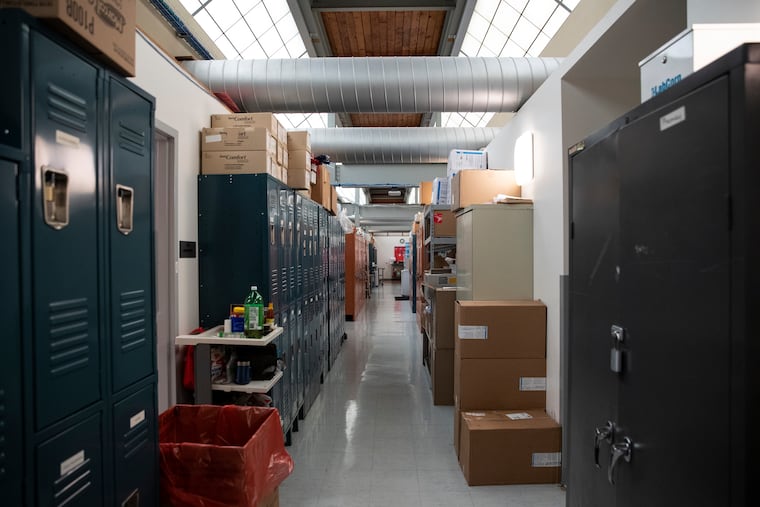At Northeast Philly’s only city-run primary care clinic, patients wait up to a year to get an appointment
In the Northeast, the demand for primary care far outstrips the city’s capacity to deliver it.

In the Northeast, the demand for primary care far outstrips the city’s capacity to deliver it.
